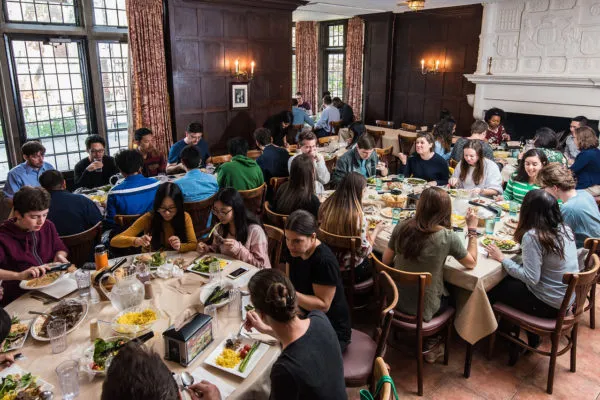
How Changes to the Way We Eat Provide Opportunities for QSR Operators
With the alteration of this generation’s lifestyle, the eating patterns of individuals are generally affected as well. The shift from traditional family meals to a more flexible eating style is apparent, as consumers are more likely to follow a pattern of snacking and grazing during the day and eating at any time that is convenient. This provides more opportunities for food retailers ready to respond to this change.
An extract from the recent Euromonitor International report enumerated all the key trends of how we eat today.
Fragmentation of meals
While eating styles is still influenced by tradition and culture, many consumers are moving away from a pattern of eating three fixed meals a day. This has led to the rising importance of snacks, which now need to serve a nutritional purpose as well and not just fill a gap between meals.
From home to restaurant to on-the-go
Consumers are more likely to spend eating outside the confines of their homes, and dining places are moved to office cubicles and anywhere casual.
Eating at home needs to be quick
Consumers are looking for exciting, healthy food but it needs to be on the table quickly.
Eating alone, at home or in restaurants
It has become a common sight to see people eating alone, out of choice or necessity. Restaurants has started to cater specifically to lone diners.
Breakfast is the most flexible meal
Breakfast is most often skipped. Lunch is the most fixed meal, in line with school and work lunch hours, while dinner is increasingly casual.
In a survey with UK, French, Indian, Brazilian, American, German and Chinese respondents, the breakfast meal pattern of each country is discussed. In the research, it has found that even though the UK has a range of breakfast times, most of its citizens embrace “elevenses”—the 11.00hrs snack. The UK and the US see a variety of snacking patterns, with consumers often snacking throughout the evening, and in some cases in place of eating a formal dinner.
This phenomena has led to a blurring of the boundaries between snacks and meals. Snacks are no longer confined to confectionery or potato products, but are more likely to include yoghurts, meat snacks and vegetables, and more likely to be healthy, protein-centric and fresh.
According to a 2014 study by Saclà, 1 in 5 people in the UK now eat out mid-morning or mid-afternoon. The UK boasted the most consumers who typically spend less than five minutes preparing lunch, although the majority of consumers spend a little more than this, at 5–15 minutes.
Trends towards quick, convenient meals are nothing new. Now, demand for ultra flexibility in eating options combine with consumers’ increasingly high expectations regarding food quality, excitement, experience, ethics, indulgence, value for money, and health.
Photo credit: International Student House Washington DC























